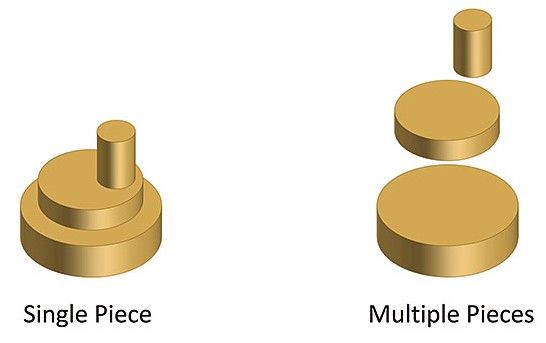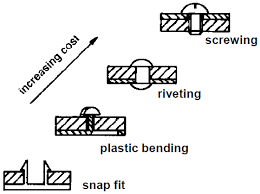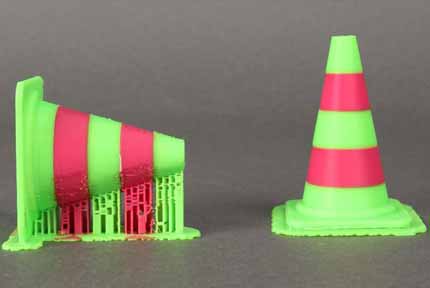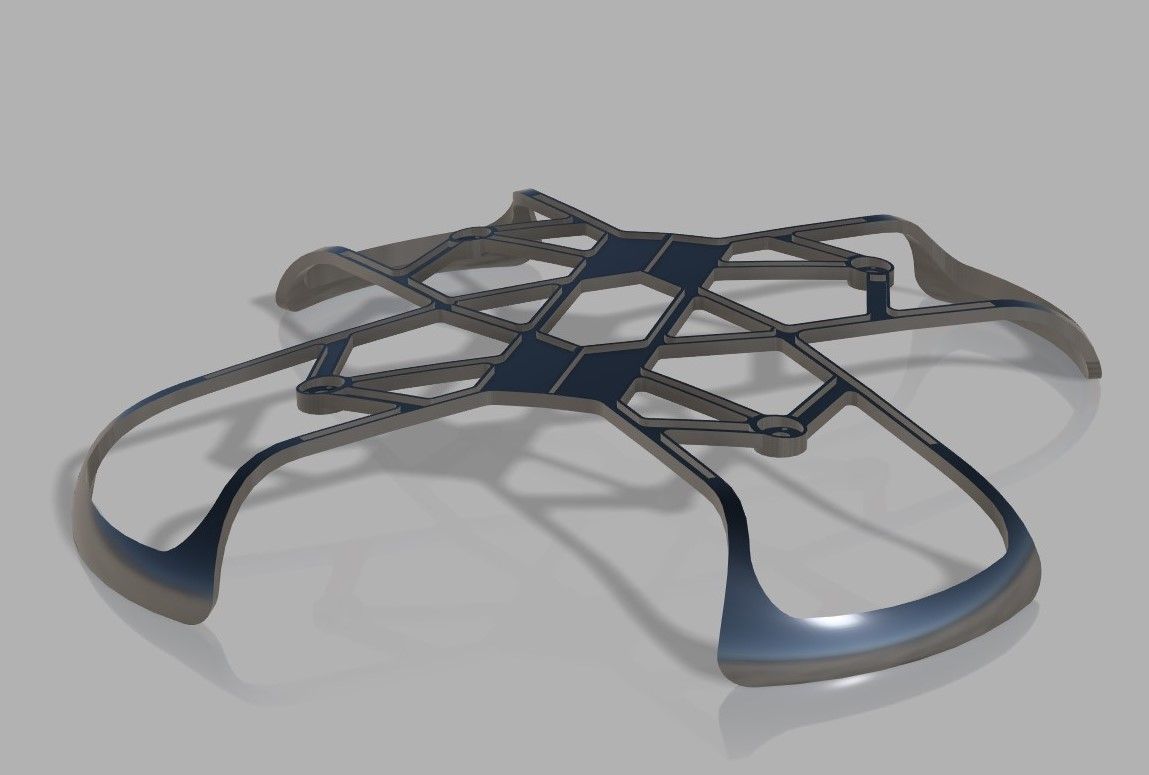Enhancing Manufacturing Efficiency: Exploring DFM, and DFA
Fares Al Rwaihy
May 1, 2023
70
2
Discover the power of Design for Manufacturing (DFM) and Design for Assembly (DFA) in optimizing manufacturing efficiency.
5 min read
Introduction
In this engineering blog post, we will delve into the world of Design for Manufacturability (DFM), and Design for Assembly (DFA). These concepts play crucial roles in optimizing manufacturing processes and ensuring high-quality, cost-effective production.
DFMA
DFA (Design for Assembly)
Focuses on minimizing the number of parts and reducing assembly costs in the manufacturing process. To achieve a reduction in parts, it is essential to combine components that meet specific criteria:
- Parts should have no relative movement between them.
- Parts can be made from the same material while meeting functional requirements.
Once the number of parts is minimized through DFA, the next step is to enhance the assembly process in terms of cost and simplicity.
DFM (Design for Manufacturing)
Its a design methodology that focuses on optimizing product designs for efficient and cost-effective manufacturing processes. It involves considering manufacturing constraints and requirements during the design phase to minimize production difficulties, improve quality, and reduce costs. DFM involves four key steps:
- Process Selection: Determine the most suitable manufacturing process for the part, such as casting, sheet metal fabrication, or CNC machining.
- Material Selection: Choose the most cost-effective material that meets the requirements and is compatible with the chosen manufacturing process.
- Tolerances: Identify the minimum number of tolerances with the widest allowable variance to ensure proper functionality of the part.
- Process Optimization: Investigate changes in geometry and part features to reduce costs and optimize the manufacturing process.
By integrating DFA and DFM principles, manufacturers can achieve significant cost reductions, simplify assembly processes, and optimize part manufacturing, ultimately leading to more efficient and cost-effective production.
Case Study
The study focused on planning a new drone design by integrating the principles of DFA (Design for Assembly) and DFM (Design for Manufacturing). The aim was to optimize the drone's design, reduce the number of parts, enhance assembly processes, and achieve cost-effective manufacturing.
Positive results with examples
- Reduction in part count: By implementing DFA principles, the number of individual parts in the drone design was significantly reduced. This reduction simplified the assembly process, minimized the risk of errors, and decreased overall production costs.
**Example of designing 1 part instead of 3:
- Streamlined assembly process: The integration of DFA principles enabled the design of drone components that could be easily assembled. Saving time and effort during the manufacturing process.
**Example of considering the best Joint:
- Cost-effective manufacturing: Through the implementation of DFM principles, the study identified suitable manufacturing processes and materials for the drone components. This resulted in optimized manufacturing processes, reduced material waste, and improved cost-effectiveness.
**Example of a new cost-effective manufacturing technology for complex geometry:
- Improved product quality: The careful consideration of tolerances during the design phase, as part of the DFM approach, ensured that the drone's parts met functional requirements while allowing for wider allowable variances. This optimization contributed to enhanced product quality and reliability.
**Example of a bad orientation in 3D printing leads to products defects:
- Potential for future improvements: The study emphasized the importance of collaboration and continuous improvement, allowing for further optimization and refinement of the drone design.
** Further FEA analysis to consider adding the drone component's holder within the Chassis as one component
Outcome of the study
The study's outcome demonstrated that by integrating DFA and DFM principles into the drone design process, significant benefits were achieved. These benefits included reduced part count, streamlined assembly processes, cost-effective manufacturing, improved product quality, enhanced manufacturability, and a foundation for continuous improvement. By leveraging these findings, manufacturers can create more efficient and cost-effective drone designs in the future.




